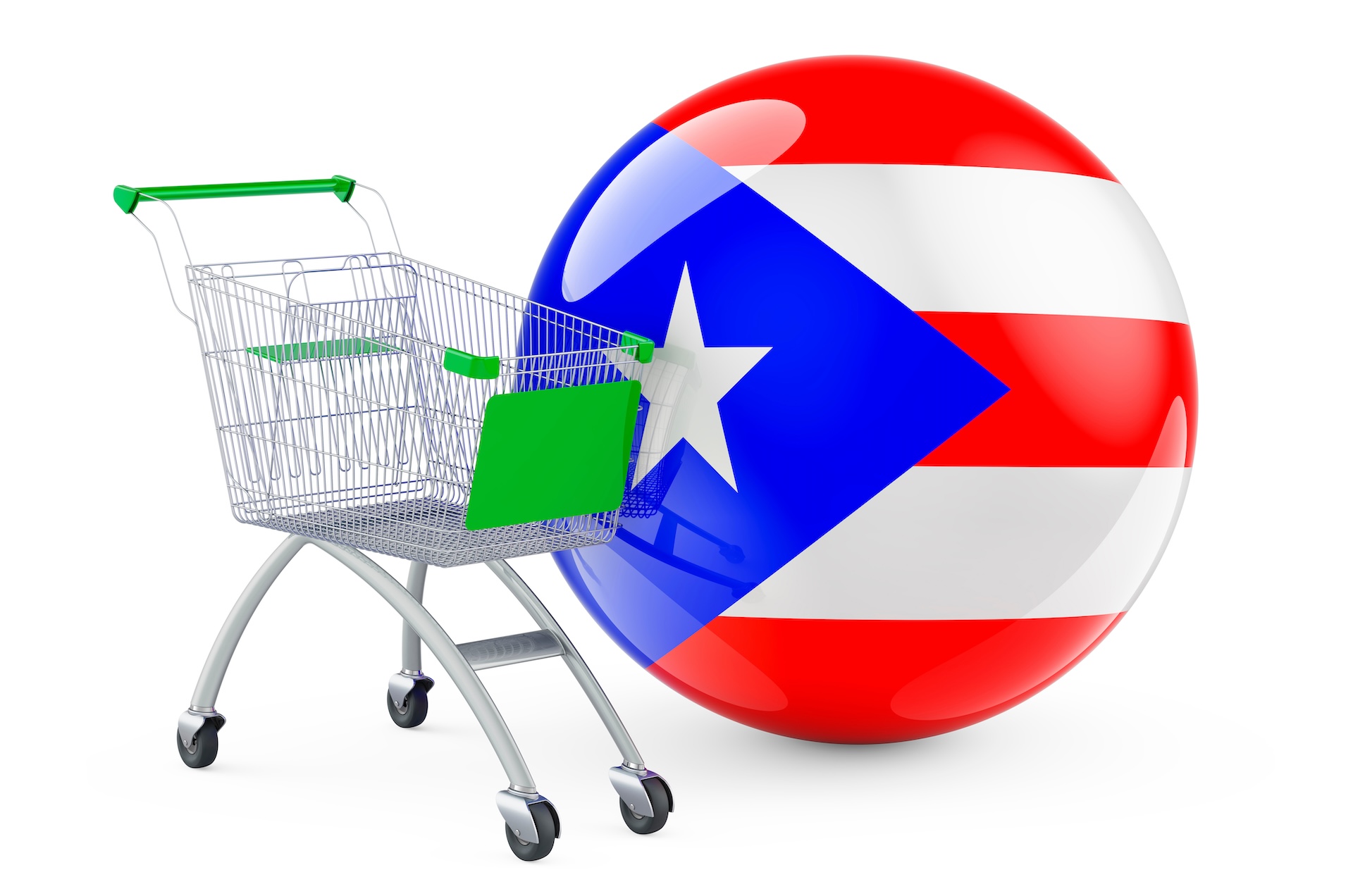In the summer of 2016, more than 82% of Puerto Rico was declared a Historically Underutilized Business Zone (HUBZone): all of the municipalities of Adjuntas, Coamo, Culebra, Jayuya, Las Marías, Maricao, Salinas, Santa Isabel, Utuado and Vieques plus significant parts of all the other municipalities.
The federal HUBZone program lets small businesses obtain government contracts without the “full and open competition” normally required as long as they are located in an impoverished area. The HUBZone area may be historically impoverished, they may be areas where military bases have closed (such as the Roosevelt Roads area), or they may have high levels of unemployment only recently.
A new report from the Congressional Research Service reveals that some members of Congress want to end HUBZones, in part because of reports of fraud within the program. Other members want to see the program continue but with better oversight to avoid fraud. There have also been questions about designating HUBZones by geographic area, as opposed to selecting businesses with specific characteristics regardless of where they are located.
PROMESA, the Puerto Rico Oversight, Management and Economic Stability Act, includes a provision exempting Puerto Rico from a 20% population cap which used to be part of the HUBZone program. As it happened, this cap had been eliminated before the passage of PROMESA.
The idea of focusing on specific geographic areas has been controversial since the government first began the discussion in the 1970s. Some objected that encouraging businesses to locate in distressed areas made the businesses in question more likely to fail. Others believed that it made more sense to focus on industries that would provide higher-paying jobs, rather than supporting businesses in a specific area which might not provide a significant multiplier factor in the community.
“[T]he record of enterprise zones demonstrates that businesses that locate in an area because of tax breaks or other artificial inducements (such as HUBZone contract preferences), instead of genuine competitive advantages, generally prove not to be sustainable,” the report quotes one study’s conclusion. In fact, the research on the effectiveness of HUBZones is contradictory.
Representative Nydia M. Velázquez summed up many of these concerns by saying, “When first introduced, the HUBZone program promised to create opportunities for small businesses in low-income communities. It was designed to do this by helping entrepreneurs access the Federal marketplace… However, the program has been undermined by chronic underfunding, inherent program flaws and sloppy management. Instead of being incubators for growth and development, HUBZones have become breeding grounds for fraud and abuse.”
The Congressional Task Force on Economic Growth in Puerto Rico expressed some of the same concerns in its official report, emphasizing that incentives needed to go to companies that actually create jobs rather than just washing money through Puerto Rico to gain those incentives. HUBZone applications require that the applicants have a primary location in Puerto Rico, that at least 35% of their workers live in the HUBZone, and that this 35% proportion will continue throughout the certification. There are strict limits on subcontracting outside of the HUBZone, and all certified businesses must be recertified every three years.
These were the areas in which fraud was identified. For example, a business might just have a post office box rather than “a primary location” in a meaningful sense. Many businesses were not recertified, but continued to receive benefits. And there were examples of HUBZone contracts going to companies that clearly did most of their work outside of the HUBZone.
The failure of companies to have a meaningful presence in Puerto Rico despite receiving federal tax benefits designed to encourage economic development in the U.S. territory is a scenario that also transpired when U.S. based companies received tax benefits under Section 936 of the U.S. tax code. Congress eliminated that provision in the 1990’s, but similar practices continue, as documented in a 2012 Senate investigation.
The CRS report details the efforts the Small Business Administration has made to “re-engineer” the HUBZone program. The results have been inconclusive, and the report ends on a note of uncertainty.
Some of the issues that have aroused concern may not be relevant to Puerto Rico. With more than 82% of the Island included in a HUBZone, it will be easier for companies to locate their enterprises in a HUBZone in Puerto Rico and perhaps also easier for the SBA to make sure that they do so. Making certain that one small business operates in a certain county in Oregon and not in a neighboring county is clearly more difficult than being sure that a company has its operations anywhere within Puerto Rico.
However, the CRS report ends with this statement: “It remains to be determined if the SBA’s new processes will reduce the incidence of fraud within the program. The resolution of that question could determine the future of the HUBZone program.”


